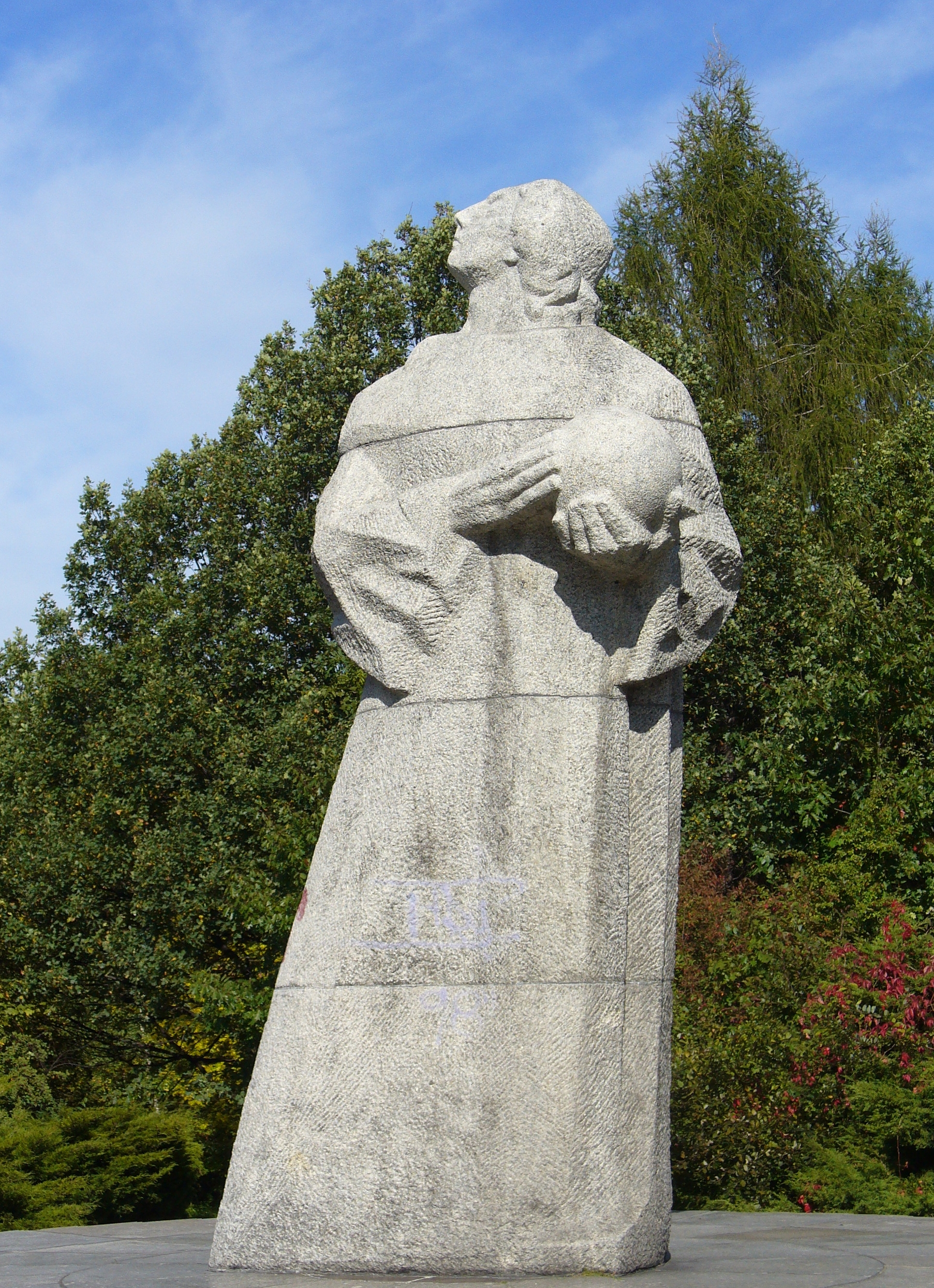Silesian Planetarium on:
[Wikipedia]
[Google]
[Amazon]
 The Silesian Planetarium also Silesian Planetarium and Astronomical Observatory ( pl, Planetarium Śląskie pl, Śląskie Planetarium i Obserwatorium Astronomiczne) is the largest and oldest planetarium in
The Silesian Planetarium also Silesian Planetarium and Astronomical Observatory ( pl, Planetarium Śląskie pl, Śląskie Planetarium i Obserwatorium Astronomiczne) is the largest and oldest planetarium in
Website Silesian Planetarium
Website panoramical photos of Silesian Planetarium
Planetaria in Poland Astronomical observatories in Poland Buildings and structures in Katowice Buildings and structures in Chorzów Astronomy in Poland Tourist attractions in Katowice {{Poland-struct-stub
 The Silesian Planetarium also Silesian Planetarium and Astronomical Observatory ( pl, Planetarium Śląskie pl, Śląskie Planetarium i Obserwatorium Astronomiczne) is the largest and oldest planetarium in
The Silesian Planetarium also Silesian Planetarium and Astronomical Observatory ( pl, Planetarium Śląskie pl, Śląskie Planetarium i Obserwatorium Astronomiczne) is the largest and oldest planetarium in Poland
Poland, officially the Republic of Poland, is a country in Central Europe. It is divided into 16 administrative provinces called voivodeships, covering an area of . Poland has a population of over 38 million and is the fifth-most populou ...
. It was founded on 4 December 1955 to commemorate the great astronomer Nicolaus Copernicus
Nicolaus Copernicus (; pl, Mikołaj Kopernik; gml, Niklas Koppernigk, german: Nikolaus Kopernikus; 19 February 1473 – 24 May 1543) was a Renaissance polymath, active as a mathematician, astronomer, and Catholic canon, who formulated ...
. It is located in the Silesian Central Park
Silesian Park ( pl, Park Śląski) is a recreation complex in the center of the Upper-Silesian Metropolis in Chorzów in Upper Silesia, Poland. Silesian Park is managed by WPKiW S.A.
The area of the park is 620 hectares, twice as large as the ...
, on the boundary between the Katowice and Chorzów districts of the Upper Silesian Metropolitan Union
The Metropolis GZM ( pl, Metropolia GZM, formally in Polish Górnośląsko-Zagłębiowska Metropolia) is a metropolitan unit composed of 41 contiguous municipalities in the Silesian Voivodeship of Poland. The seat of the metropolitan council is ...
.
Facilities
The Planetarium's 23-meter dome can seat some four hundred spectators viewing projections of the sky from both analogue and digitalplanetarium projector
A planetarium projector, also known as a star projector, is a device used to project images of celestial objects onto the dome in a planetarium.
Modern planetarium projectors were first designed and built by the Carl Zeiss Jena company in Germa ...
s. It hosts regular public shows on astronomical topics as well as a variety of other events. In 2011 it hosted the fifth International Olympiad on Astronomy and Astrophysics.
The Planetarium's sister astronomical observatory is equipped with a 300-mm diameter refracting telescope
A refracting telescope (also called a refractor) is a type of optical telescope that uses a lens as its objective to form an image (also referred to a dioptric telescope). The refracting telescope design was originally used in spyglasses and a ...
(the largest refractor in use in Poland) and a number of smaller instruments. On cloudless days, visitors can view live images of the Sun
The Sun is the star at the center of the Solar System. It is a nearly perfect ball of hot plasma, heated to incandescence by nuclear fusion reactions in its core. The Sun radiates this energy mainly as light, ultraviolet, and infrared radi ...
and, after dusk, a range of celestial objects at a magnification of up to 750 times.
The observatory conducts research on comet
A comet is an icy, small Solar System body that, when passing close to the Sun, warms and begins to release gases, a process that is called outgassing. This produces a visible atmosphere or coma, and sometimes also a tail. These phenomena ...
s and minor planet
According to the International Astronomical Union (IAU), a minor planet is an astronomical object in direct orbit around the Sun that is exclusively classified as neither a planet nor a comet. Before 2006, the IAU officially used the term ''mino ...
s. The Planetarium has an astronomical library of some 10,000 volumes and, in the courtyard, an impressive sundial. The corridors host astronomy-related exhibits.
The Planetarium's meteorological and seismological stations conduct regular observations and host educational classes.
See also
*Biały Słoń
Biały Słoń (English: ''White Elephant''; Ukrainian: Білий слон, Bily slon) is a Polish name for an abandoned campus of the former Poland, Polish Astronomical and Meteorological Observatory of University of Warsaw, located at remote area ...
on Pip Ivan
External links
Website Silesian Planetarium
Website panoramical photos of Silesian Planetarium
Planetaria in Poland Astronomical observatories in Poland Buildings and structures in Katowice Buildings and structures in Chorzów Astronomy in Poland Tourist attractions in Katowice {{Poland-struct-stub